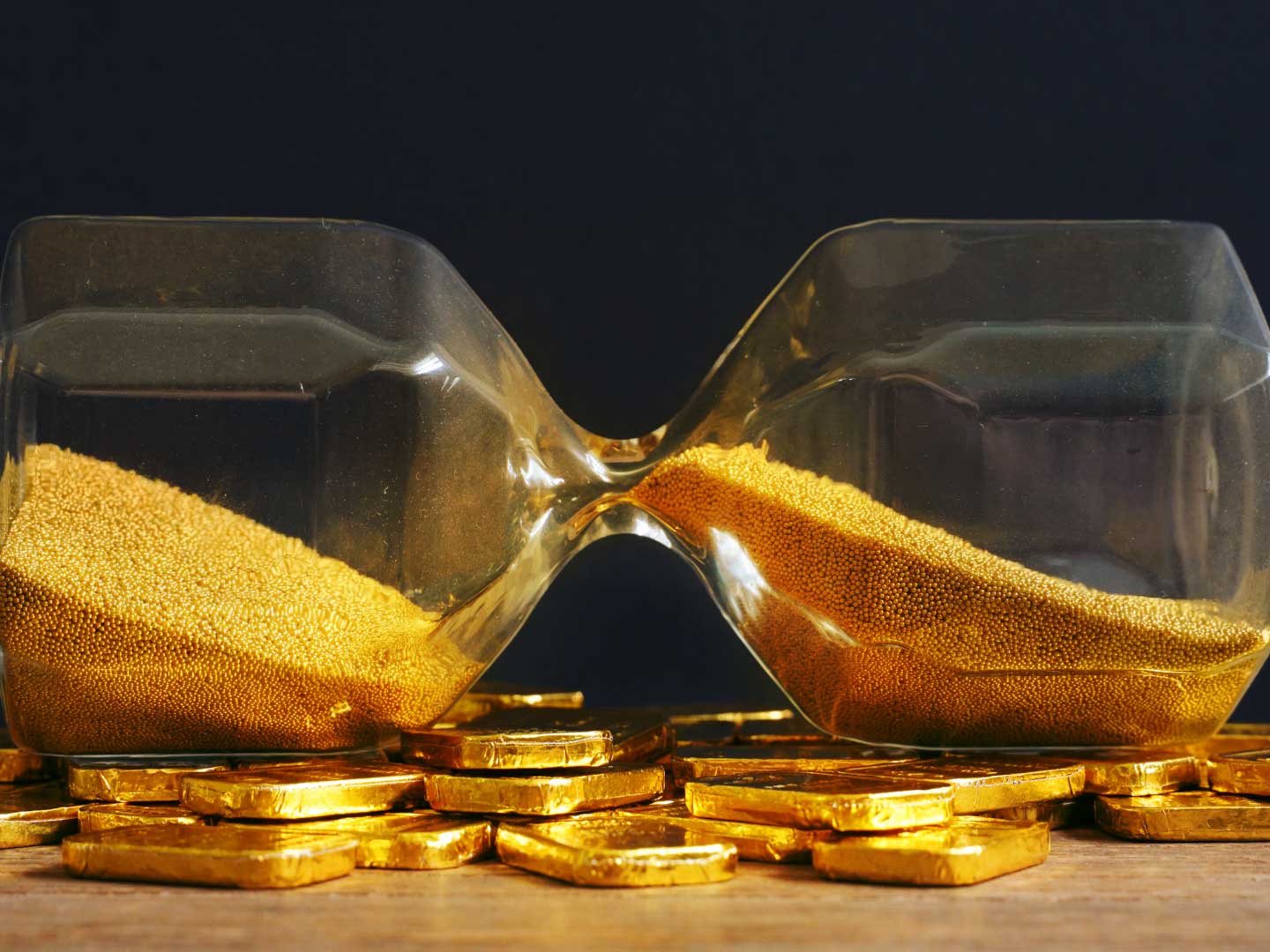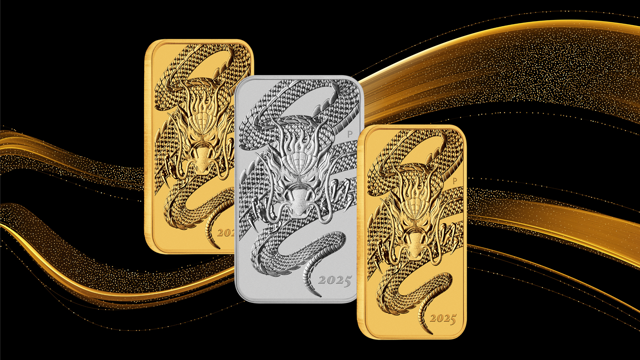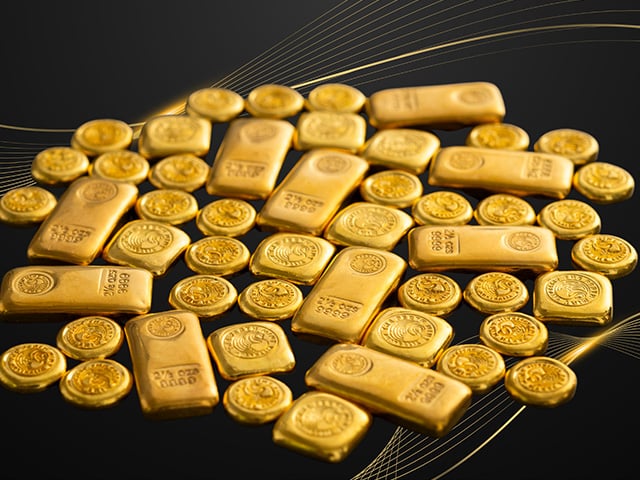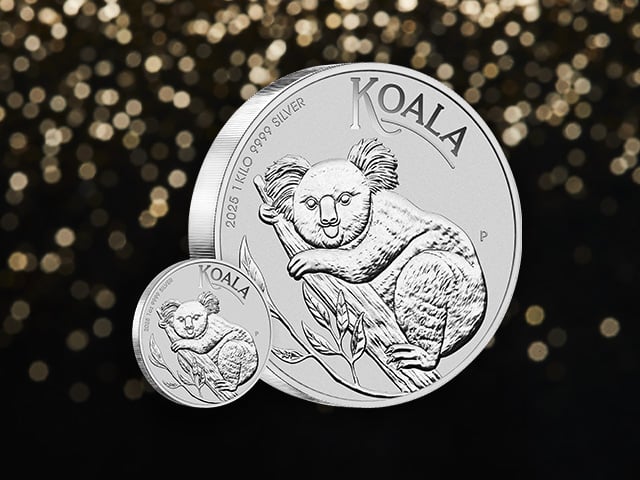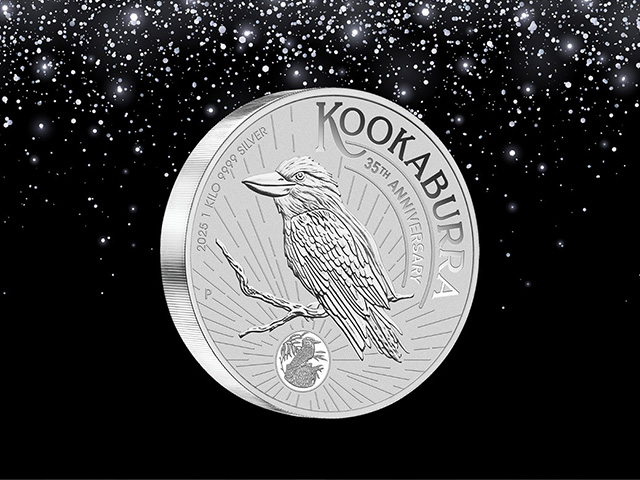Gold’s performance over the past decade
The past 10 years have been highly positive for the precious metal market, with gold increasing in value in both USD and AUD terms.
2019 in particular was a strong year for the yellow metal, which recorded its largest calendar year increase in price since 2010, with gold in Australian dollars hitting all-time highs above AUD 2,000 per troy ounce.
Based on World Gold Council data, over the course of the decade gold rose from USD 1,087.50 and AUD 1,209.20 per troy ounce at the end of December 2009 to USD 1,514.80 and AUD 2,154.90 at the end of December 2019.
In percentage terms these price increases translate to a total return of 39.30% for USD investors and 78.20% for AUD investors. distinguishing gold as a valuable asset over the decade with annual gains of 3.4% in USD terms and 5.9% in AUD.
Whilst these numbers are solid, they represent a smaller pace of growth relative to the previous decade, with gold rising by 275% in USD terms and 173% in AUD terms between 1999 and 2009.
The stronger performance of gold in the prior decade can be associated with geopolitical and financial market developments including the dot-com crash and September 11 terrorist attacks, as well as the Global Financial Crisis (GFC), which took place between 2007 and 2009.
Overall, gold performed strongly in the last decade, outperforming Australian bonds, cash and housing. This can be seen in the table below, which shows returns over multiple time periods to the end of 2019 for a range of asset classes, with Australian and international share markets the only asset classes to outperform gold in the past 10 years.
Asset class returns (%) to end 2019
Asset class
1 year
3 year
5 year
7 year
10 year
15 year
Gold (AUD)
18.86
10.63
8.32
4.3
5.87
9.42
Australian shares
23.8
10.3
9.1
10
7.8
7.9
International shares (unhedged)
28
13.8
12.2
17.1
12.3
7.7
Australian bonds
7.3
5.1
4.2
4.6
5.7
5.7
Australian housing
2.59
0.71
3.62
4.95
3.77
4.73
Cash
1.5
1.7
1.9
2.2
2.9
3.9
Source: The Perth Mint, Chant West, Global Financial Data
The outperformance of equities relative to gold over the last decade primarily comes down to the recovery of equity markets from the more than 50% declines they suffered during the worst of the GFC.
Analysis of 15 year returns in the above table identifies gold as the best performer of all, with annual returns of almost 9.50% per annum.
Going forward, we expect demand for gold, and the gold price to be supported by a number of factors, not least of which is the ultra-low yield environment investors now face.
Back in 2009, investors wanting to lock their capital away for a decade could have got a yield of 5.72% by investing in a 10-year Australian government bond. Inflation at the time was 2.06%, giving investors a real return of over 3.5% per annum.
Today 10-year Australian government bonds yield less than 1%, whilst inflation is sitting at 1.80%, meaning investors are now earning a negative real return if they park their money in government bonds like these.
On a relative basis, negative real yields on government bonds make gold a more attractive investment proposition, and they are one of the contributing factors that drove the gold price rally of over 18% in 2019.
This low yield environment, combined with expensive equity market valuations, ongoing geopolitical tension and a troubled outlook for the global economy, are all set to support gold in the decade ahead.
DISCLAIMER
Past performance does not guarantee future results. The information in this article and the links provided are for general information only and should not be taken as constituting professional advice from The Perth Mint. The Perth Mint is not a financial adviser. You should consider seeking independent financial advice to check how the information in this article relates to your unique circumstances. All data, including prices, quotes, valuations and statistics included have been obtained from sources The Perth Mint deems to be reliable, but we do not guarantee their accuracy or completeness. The Perth Mint is not liable for any loss caused, whether due to negligence or otherwise, arising from the use of, or reliance on, the information provided directly or indirectly, by use of this article.









